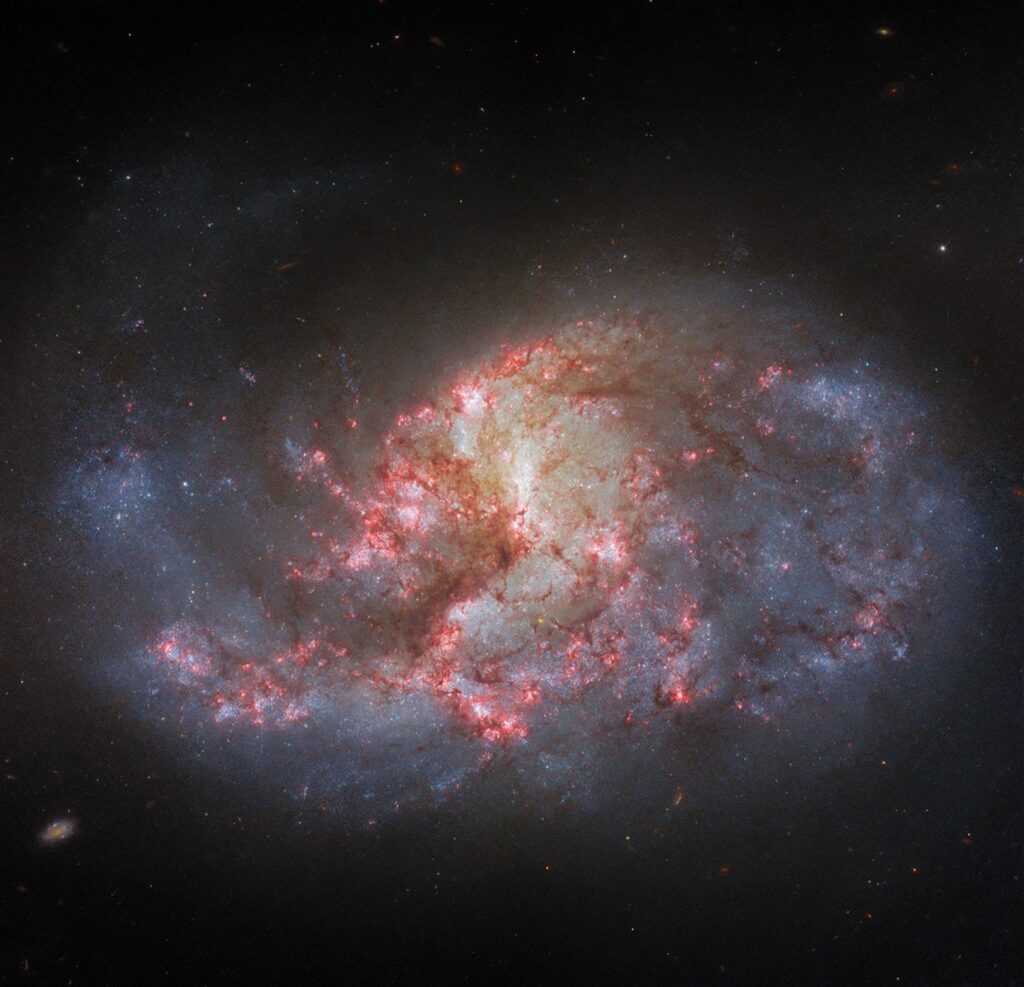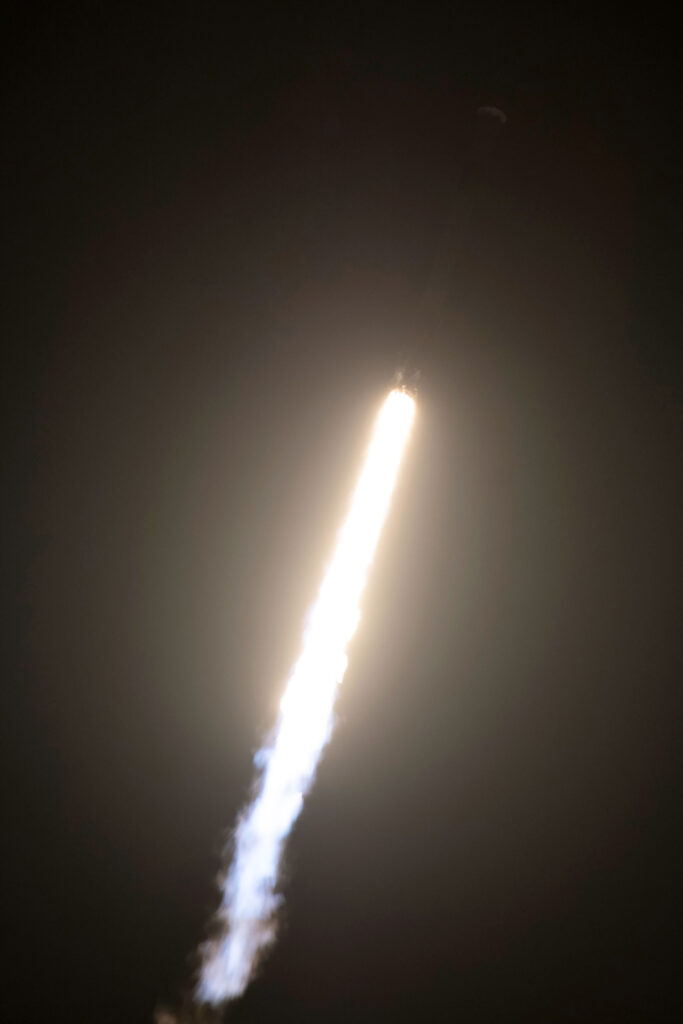As summer nears, thoughts of fresh berries for strawberry shortcake are usually in order, but June is also blessed with what Native American cultures have nicknamed the Full Strawberry Moon, and this year is extra special as it will also be designated as a supermoon to add to its lunar appeal.
June’s full moon, normally seen as the final full moon of spring or the first of summer, is traditionally called the Strawberry Moon. In a season filled with four supermoons (they occur monthly from May to August), June’s lunar event reaches its peak on Tuesday, June 14 at 7:51 a.m. EDT (1151 GMT).
If bad weather clouds your Tuesday night sky, you can see the Strawberry supermoon of June live online in a free webcast from the Virtual Telescope Project (opens in new tab) in Ceccano, Italy. It will begin at 3:15 p.m. EDT (1915 GMT).
Supermoons are typically defined as any full moon situated at a distance of at least 90% of perigee (that point where the moon is nearest Earth). June’s full moon finds itself at 222,238.4 miles (357,658 km) from our planet when it rises at dusk. Moon lovers should point their gaze in the southeast direction after sunset as the Strawberry Moon lifts elegantly up over the horizon.
Related: Supermoon secrets: 7 surprising big moon facts

Those living in North American time zones will experience this celestial happening later that same evening. For exact times, check out this Moonrise and Moonset Calculator (opens in new tab) from the Farmer’s Almanac to learn when it will occur in your region.
Supermoons are often known to appear slightly larger than a normal full moon, up to 30% brighter and 17% larger, but in reality it seem to appear much the same, observed as a bright orb casting a slight golden tint. While the actual time of the full moon is instantaneous on Tuesday, it will appear full to the casual observer from June 13-15.
Related stories:
The Full Strawberry Moon gets its name from its occurrence during the brief harvest season for its namesake strawberries. That name and other colorful full moon monikers found in the pages of The Old Farmer’s Almanac are derived from multiple sources, including Native American influences, colonial American traditions, and Old World European customs. Names for full or new moons were historically used to monitor certain seasons but in modern times we mostly use them as evocative nicknames that harken back to simpler days.
For avid amateur astronomers wishing to photograph the moon, check out our best cameras for astrophotography and best lenses for astrophotography guides for helpful tips. You can also read our timely suggestions on how to photograph the moon with a camera to perfect your lunar photo session.
Editor’s Note: If you snap an amazing moon photo and would like to share it with Space.com’s readers, send your photo(s), comments, and your name and location to spacephotos@space.com.
Follow us on Twitter @Spacedotcom and on Facebook.


